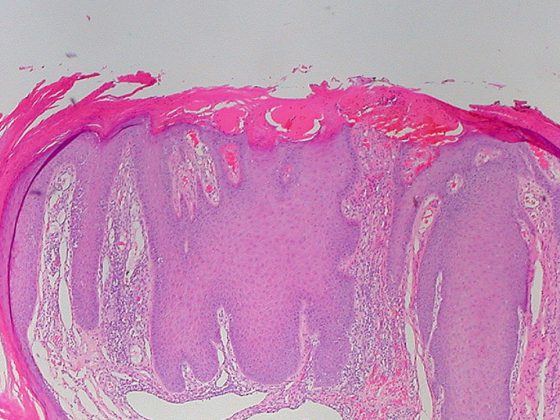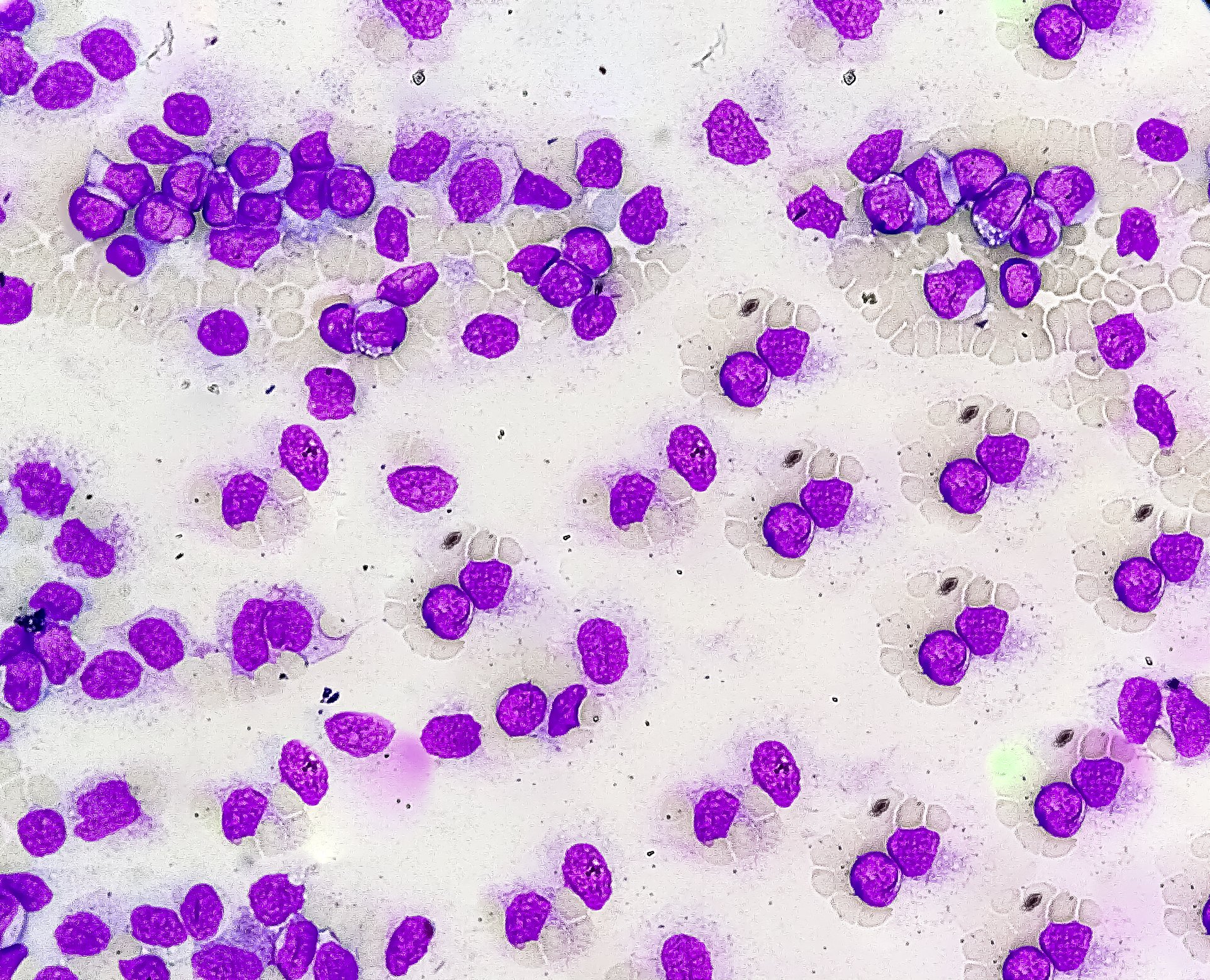As a biomarker for monitoring the progression of tumor diseases, the detection of tumor cell DNA in blood using next-generation sequencing (“liquid biopsy”) is becoming increasingly important. This also applies to therapy monitoring in melanoma patients. Increasingly, circulating cell-free tumor DNA (ctDNA) is also playing a role.
A primary goal of “liquid biopsy” analysis is to detect tumor recurrence more rapidly and to determine possible genetic alterations in tumor tissue in order to promptly adjust and optimize therapy [1]. The treatment options for patients with metastatic melanoma have been revolutionized by immunotherapies (ICI) and the targeted therapies (TT). Nevertheless, there are treatment-resistant cases. The Response Evaluation Criteria in Solid Tumors (RECIST, version 1.1) currently represent the most widely established radiologic evaluation criteria for standardized assessment of response to therapy in solid tumors [2]. Radiologic assessment after RCIST is now considered the standard for defining “refractory” in melanoma patients, but subsequent therapy conversion (e.g., from TT to ICI) may be too late to affect patient survival [3]. Biomarkers that can predict a refractory course of therapy at an early stage correspond to an “unmet need” [3].
Nowadays, a large number of different biomarkers can be investigated by means of “liquid biopsy” [4]. Analysis of tumor DNA circulating in the blood (ctDNA) has promising potential and has been investigated in other tumor entities (e.g., breast cancer or colorectal cancer) [5,6]. Currently, it is thought that assessment of ctDNA levels during TT or ICI may be appropriate to monitor treatment response [7]. By measuring ctDNA levels, response or progression can be detected about 100 days earlier than by radiological diagnostics [8]. As early as 2019, it was shown that ctDNA monitoring can be used in stage III metastatic melanoma to predict progression and detect minimal residual disease (MRD) [9]. Current investigations include whether ctDNA as a biomarker is a reliable information base for deciding when to switch from TT to ICI to achieve the optimal response of sequential treatment [3].
Literature:
- German Cancer Research Center, www.dkfz.de/de/aktuelles/Liquid-Biopsy.html (last accessed 04/11/2022).
- Spiro J, Maintz D, Persigehl T: Response criteria for malignant melanoma: RECIST and irRC. Radiologist 2015; 55(2): 127-123.
- Heidrich I: Liquid biopsies: potential and challenges, ADF Annual Meeting of the Arbeitsgemeinschaf, Feb. 23-26, 2022.
- Quandt D, et al: Implementing liquid biopsies into clinical decision making for cancer immunotherapy. Oncotarget 2017; 8(29): 48507-48520.
- Heidrich I, et al: Liquid biopsies: potential and challenges. Int J Cancer 2021; 148(3): 528-545.
- Heidrich I, et al: Clinical Applications of Circulating Tumor Cells and Circulating Tumor DNA as a Liquid Biopsy Marker in Colorectal Cancer. Cancers 2021, 13: 4500.
- Stadler JC, et al: Current and Future Clinical Applications of ctDNA in Immuno-Oncology. Cancer Res 2022; 82(3): 349-358.
- Haselmann V, et al: Liquid Profiling of Circulating Tumor DNA in Plasma of Melanoma Patients for Companion Diagnostics and Monitoring of BRAF Inhibitor Therapy. Clin Chem 2018; 64(5): 830-842.
- Tan L, et al: Prediction and monitoring of relapse in stage III melanoma using circulating tumor DNA. Ann Oncol 2019; 30 (5): 804-814.
DERMATOLOGY PRACTICE 2022; 32(2): 45











